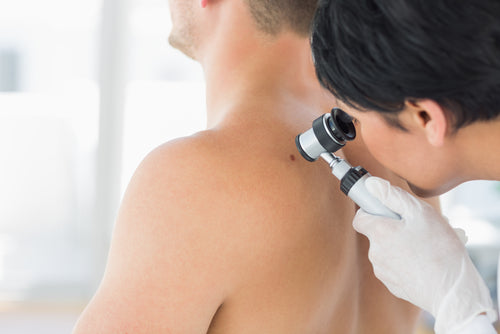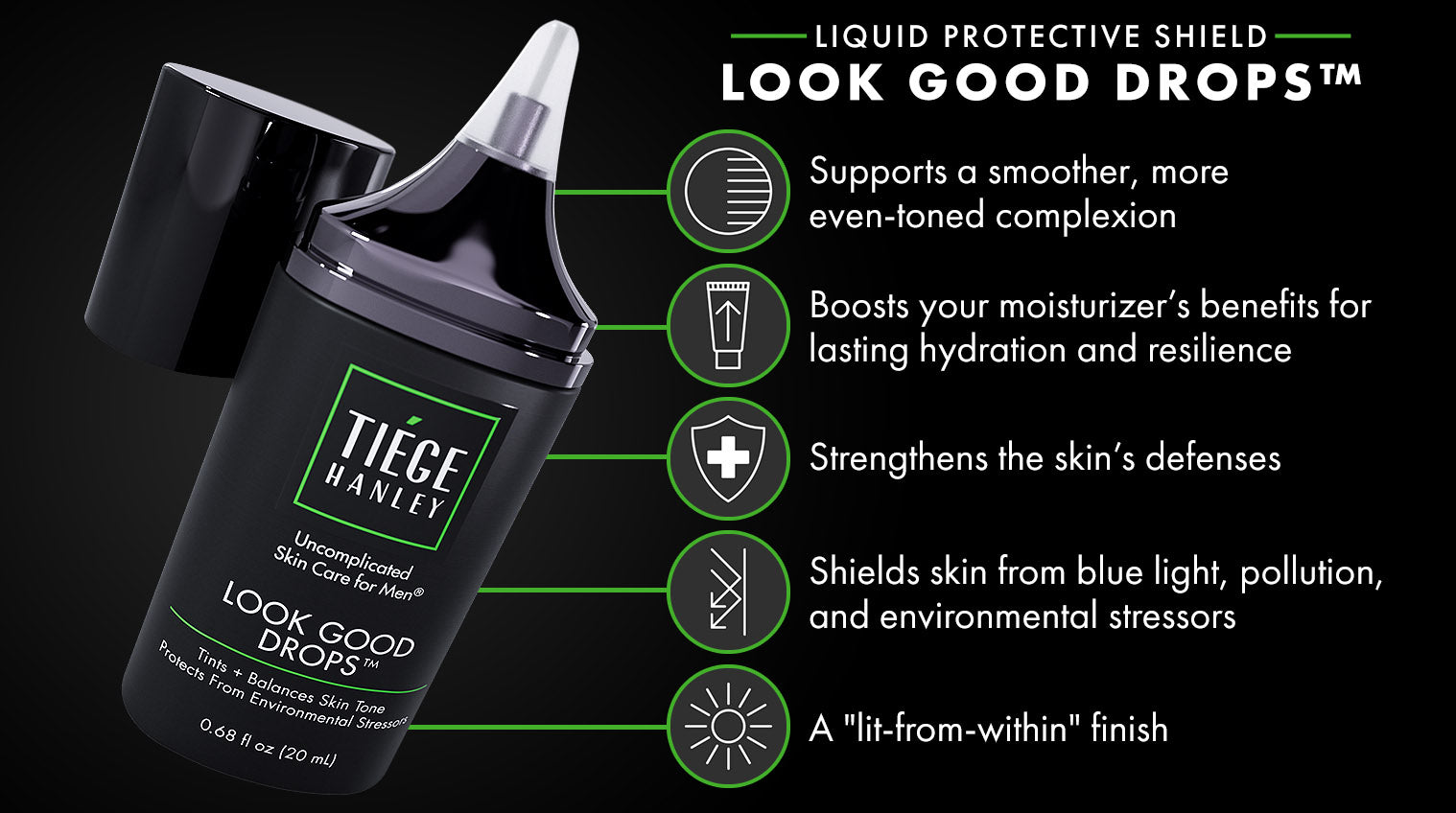Men are not known for being proactive about their health. This is usually harmless when it comes to things such as the common cold, but skin cancer screenings are something that you don’t want to put off.
According to new research presented at the 2018 NCRI Cancer Conference, melanoma death rates in men are rising steadily across the globe. While researchers aren’t certain why, it’s believed to be due to both biological and behavioral factors.
Although you may not be able to do much about biology, you can reduce your risk by getting regular skin cancer screenings. Here are three of the things you need to know:
- A skin cancer screening is when a doctor checks your body for skin cancer before any symptoms appear.
- The exam itself should not take long. How long the exam takes will mostly depend on how many moles you have.
- Your doctor may request a biopsy for suspicious-looking moles.
Why Every Man Needs Regular Skin Cancer Screenings
For all men, regular skin cancer screenings are a must. Melanoma, the most deadly form of skin cancer, is more common in men than in women and men are far more likely to die from it.
Additionally, melanoma rates are rising faster than any other form of skin cancer in the country (see claim: “The incidence of melanoma of the skin is rising faster than any other major cancer in the United States.”) However, this could be due to more people getting skin cancer screenings and catching the disease early.
Needless to say, skin cancer is not something that should be taken lightly. It can strike men of all ethnicities, including those with darker complexions.
In fact, African Americans often have a worse prognosis compared to Caucasians because they erroneously think that skin cancer can’t affect them (see claim: “Although melanoma is rare in African–Americans (AA), it is associated with a worse prognosis than in Caucasians.”) Regardless of your skin color or how serious you are about a comprehensive skin care regimen, getting a yearly checkup at the very minimum is essential for all men.
Preparing for the Skin Cancer Screening
There isn’t much that most guys need to do to prep for a skin cancer screening. However, it does help to give yourself a mini-exam before you get looked over by the doctor.
Remember that you are in charge of noticing incremental changes in your body. By giving yourself a good look-over and making note of suspicious moles, you can give yourself a baseline for future mole checks.
Noticing small changes in your moles is critical to discovering skin cancer early. It’s also helpful for the doctor, who can then decide to biopsy a mole that has changed significantly over the past few months.

During the Skin Cancer Screening
During the skin cancer screening, your doctor will examine moles all over your body. This includes the obvious places such as your arms, legs and neck, as well as inconspicuous or hard to view places such as between your fingers, the soles of your feet, your back and your scalp.
For the doctor to do a thorough exam, you’ll need to undress and slip into a medical gown. The doctor will proceed to check all your moles, looking for things such as asymmetry, strange colors, larger moles and moles which change over time.
The exam will take longer if you have more moles to check. While they look you over, don’t be afraid to ask questions and voice any concerns you have.

After the Skin Cancer Screening
If your doctor found any suspicious moles during the exam, he or she may request to have it biopsied. Your doctor will numb the site of the mole and scrape it off your body before sending it off to a pathologist.
The wait for the results can be agonizing, but rest assured that the vast majority of biopsies come back benign. Even if the result isn’t what you were hoping for, early detection could make all the difference.
Don’t forget to schedule a yearly skin care checkup. If your doctor identifies a suspicious mole, he or she may ask you to come back for an additional screening later to see if your mole has changed.
Take the skin care quizNo Insurance for a Skin Cancer Screening? You Have Options
If you don’t have insurance, there are still ways to get screened. The SPOTme Skin Cancer Screening Program offers free resources such as a body mole map to perform a self-exam and can help you find a free skin screening near you.
Keep tabs on all your moles and remember to apply a men’s daily moisturizer with SPF to protect your face all times of the year. By taking these precautions, you can be on top of your skin health.
Bottom Line
Skin cancer is a scary thing, regardless of whether it’s a relatively treatable form of skin cancer or deadly melanoma. As a man, it’s even more frightening to know that skin cancer rates in men are on the rise.
By taking some of the scare out of skin cancer screenings, we hope that you’ll commit to regular skin checkups and be proactive about your skin health.








